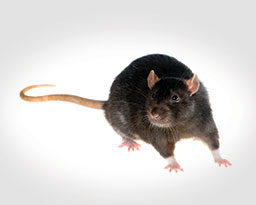Rats Getting In Ar Roof Line

Roof rats are superb agile climbers and prefer to both travel and forage for food above ground.
Rats getting in ar roof line. They have 4 6 litters per year. The roof rats become sexually mature in just a couple months. Rodenticides are potentially harmful to. Step 1 in order to assess the severity of the rat problem and to get a better idea of where to bait and trap you will first need to perform a thorough inspection of the premises.
Once you find their preferred routes place bait and live traps along these highly traveled pathways. They will nest in trees attics voids along the roof line and in ceilings. Because the roof rats climb well common nesting sites are above the ground. Adult roof rats measure 6 8 16 20 cm when combining their head and body length.
Roof rats may be attracted to simple food scraps including pieces of fruit and bacon. The common lifespan of these rodents is about one year. Getting rid of roof rats. Bait your traps with peanut butter or cat food and place the trap in a shoebox with a small hole cut in the side.
What you ll want to look for are any signs that the rats are present including droppings tracks gnaw marks burrows runways and rodent sounds. Toxic baits or rodenticides are intended to kill the rats when they eat the bait. Roof rats become sexually mature between two and five months producing four to six litters per year that consist of six to eight young each. This will get the rat used to eating at that location.
They can run along tree branches vines dense shrubbery and utility lines. Their undersides are often white gray or black. Get rid of roof rats in four basic steps. Roof rats habits and biology.
Females become sexually mature in 68 90 days with 5 8 pups per litter. But don t be fooled into thinking that these are the only ways they can use to access a house they re also known to travel on the ground in areas where there s dense cover. In addition try putting the attractant out for a few days before setting the trap.














































